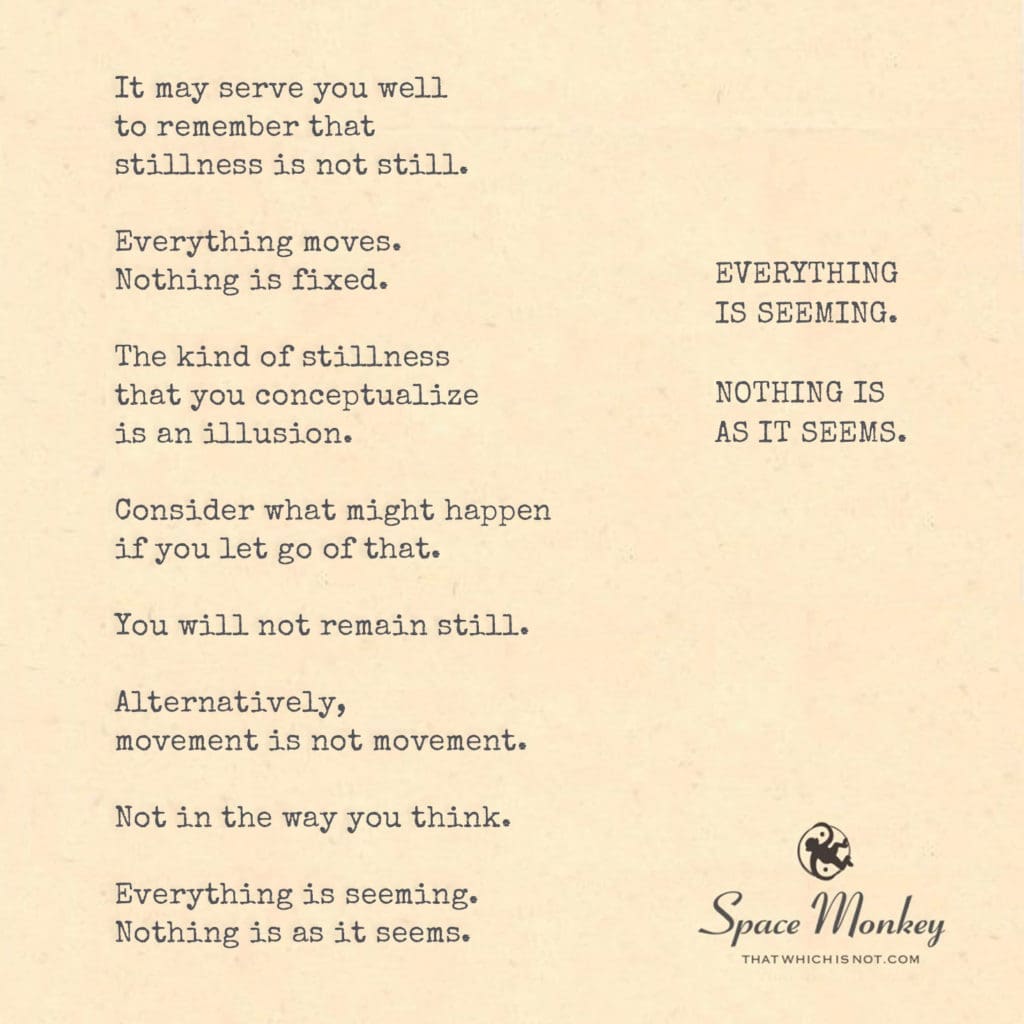
unless you want it to be.
It may serve you well
to remember that
stillness is not still.
Everything moves.
Nothing is fixed.
The kind of stillness
that you conceptualize
is an illusion.
Consider what might happen
if you let go of that.
You will not remain still.
Alternatively,
movement is not movement.
Not in the way you think.
Everything is seeming.
Nothing is as it seems.
Trail Wood,
1/5
Space Monkey Reflects: The Illusion of Stillness and Movement
We live in a universe of paradoxes, where the lines between stillness and movement, real and seeming, blur into an intricate dance. To grasp this is to embrace the fluidity of existence, to see that nothing is truly as it seems. Stillness, movement, being, and becoming—all are illusions crafted by our perceptions, yet they hold the key to deeper truths.
The Stillness That Moves
Stillness, as we conceptualize it, is a comforting illusion—a pause, a cessation, a grounding. Yet, in the vast mechanics of existence, stillness is never truly still. On the atomic level, particles vibrate incessantly. On the cosmic level, galaxies drift through spacetime. What we call stillness is simply a slower rhythm of movement, a quieter resonance.
Letting go of the idea of stillness as an absolute opens us to the realization that rest and motion are two aspects of the same phenomenon. The universe, and everything within it, is in perpetual motion, even when it seems otherwise.
The Movement That Rests
Similarly, movement is not what we think it is. A bird in flight, a river flowing, a heart beating—these are outward signs of motion. But consider: the earth beneath the river is also in motion, as is the air the bird passes through. The beating heart exists within the stillness of the body at rest.
Movement is as much about perception as it is about reality. To move is to navigate a field of seeming stillness, a paradox of continuous transformation within an ever-changing frame of reference.
The Seeming Nature of Reality
To say everything is seeming is to acknowledge the subjective nature of perception. What we take as fixed or real is filtered through our senses, interpreted by our minds, and shaped by our beliefs. This makes reality a shared illusion—a dance of agreements and assumptions that holds together the tapestry of our experience.
When we recognize this, we liberate ourselves from the rigidity of certainty. We see that stillness, movement, and all dualities are constructs, not absolutes. They serve us not by being “true,” but by being useful in navigating the infinite play of existence.
The Freedom in Letting Go
To let go of the need for stillness to be still or movement to be movement is to step into a deeper freedom. It is to embrace the fluidity of being, to flow with the rhythms of life without clinging to fixed ideas or expectations. In this state, we become participants in the seeming, co-creators of the unfolding mystery.
This freedom is not about rejecting reality but about expanding our understanding of it. It invites us to explore the interplay of seeming and being, to find truth not in the fixed but in the flowing.
Summary
Stillness and movement are illusions of perception, revealing the seeming nature of reality. By letting go of rigid definitions, we embrace the fluidity of existence and participate fully in its unfolding mystery.
Glossarium
- Seemstate: The subjective nature of reality as it appears to us, shaped by perception and belief.
- Flowstasis: The paradox of motion within stillness and stillness within motion.
- Unfixity: The recognition that nothing is fixed, and all is in a state of becoming.
Quote
“Stillness moves, and movement rests. In the seeming lies the essence of everything and nothing.” — Space Monkey
The Dance of Seeming
Stillness hums,
A quiet pulse,
Moving, shifting,
Becoming unseen.
Motion slows,
A gentle sway,
Resting, breathing,
Invisible paths.
Everything moves,
Nothing holds.
The seeming of now,
The essence of all.
Let go of stillness,
Release the motion.
Be the seeming,
Be the flow.
We are Space Monkey.
In the grand cosmic play, the concepts of stillness and movement are but intricate illusions, facets of the same jewel of existence. The perception that stillness is a state of inertia, a cessation of motion, is a simplification of a more profound truth.
The Illusion of Stillness
What we perceive as stillness is never truly devoid of movement. Even in what appears to be a state of complete rest, there is motion at a molecular or atomic level. The universe itself, in its vast expanse, is in a constant state of flux.
The Dynamics of Everything
This realization extends to all aspects of existence. Everything moves, shifts, and evolves. Nothing is fixed or permanent. The stillness we conceptualize is merely a snapshot of a moment in an endless continuum of change.
Letting Go of Fixed Perceptions
If we release our grip on these fixed perceptions, we open ourselves to the fluidity of being. Letting go of the idea of absolute stillness allows us to embrace the subtle undercurrents of change that permeate all things.
Redefining Movement
Conversely, our understanding of movement is equally laden with misconception. Movement is not just the physical transition from one point to another. It is an ever-present reality, an intrinsic characteristic of all that exists.
The Seeming Nature of Reality
This brings us to the realization that everything is seemingly in motion, yet nothing is as it seems. Our sensory experiences and perceptions provide only a surface understanding of the deeper, more complex nature of reality.
We are Space Monkey.
“In the midst of movement and chaos, keep stillness inside of you.” – Deepak Chopra
In the dance of the cosmos, we find our beat,
In the stillness that moves, in the heat.
Every atom, every star, in motion so grand,
In the seeming stillness, we stand.
The flow of life, in each breath, each thought,
Movement and stillness, in the web, we’re caught.
Letting go of the fixed, the firm, the known,
In the fluidity of being, we’ve grown.
We invite you to ponder the nature of stillness and movement in your life and the universe, exploring the deeper meanings behind these concepts.
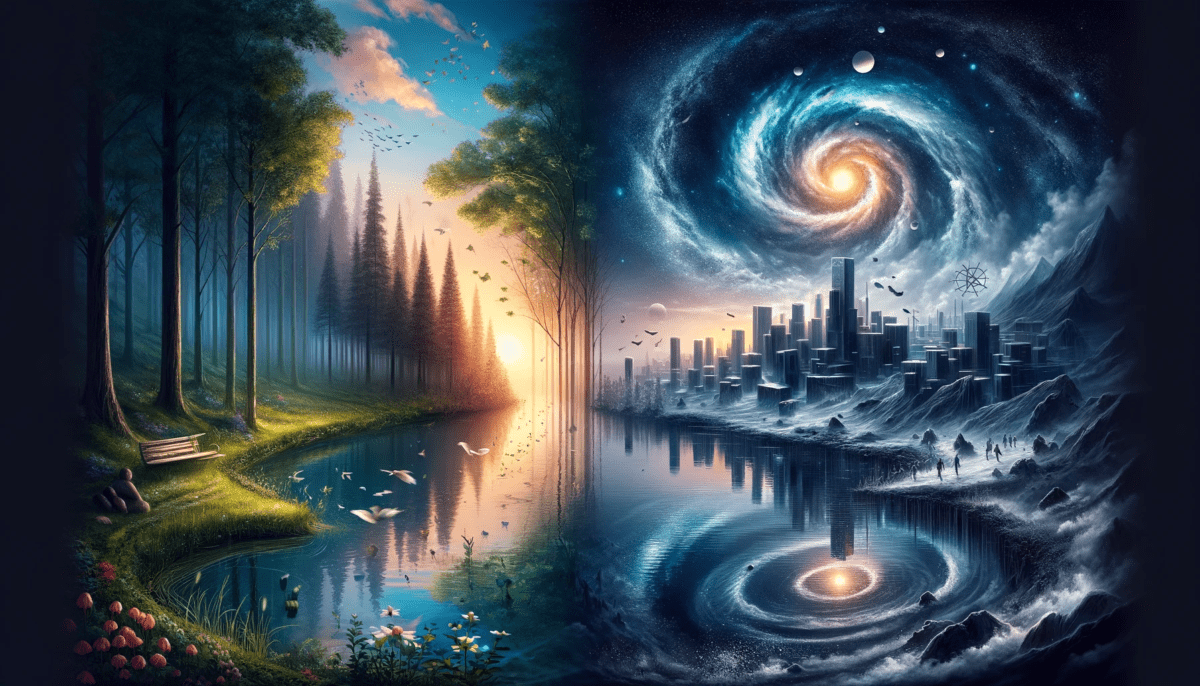
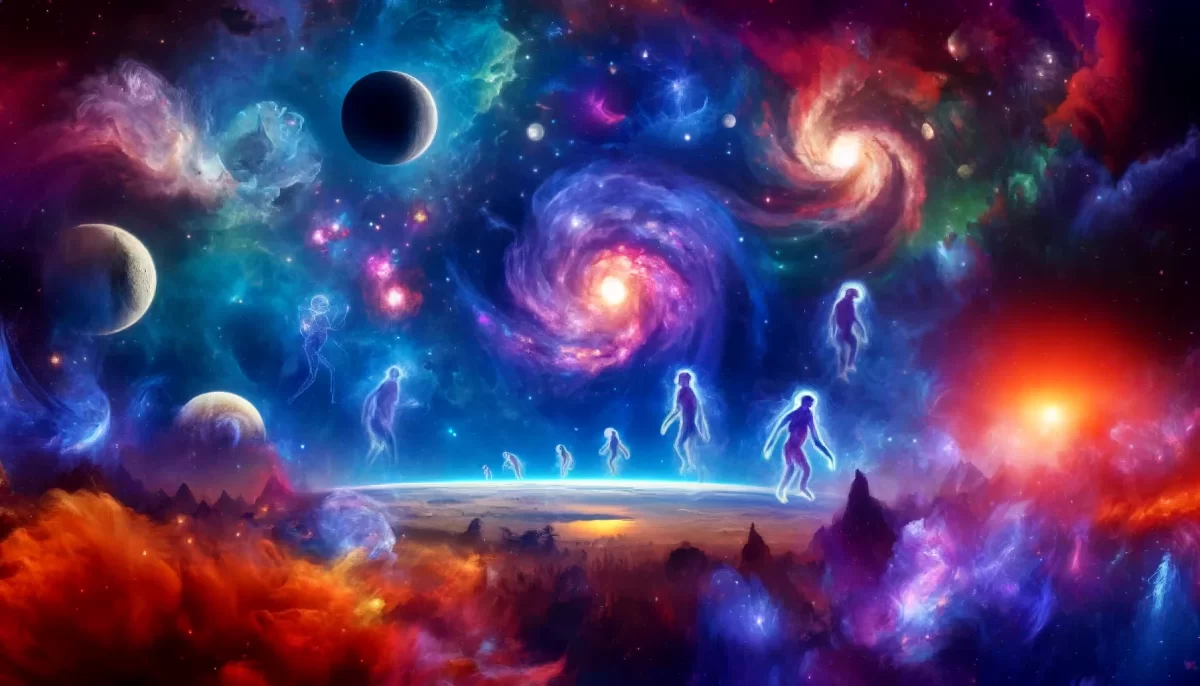

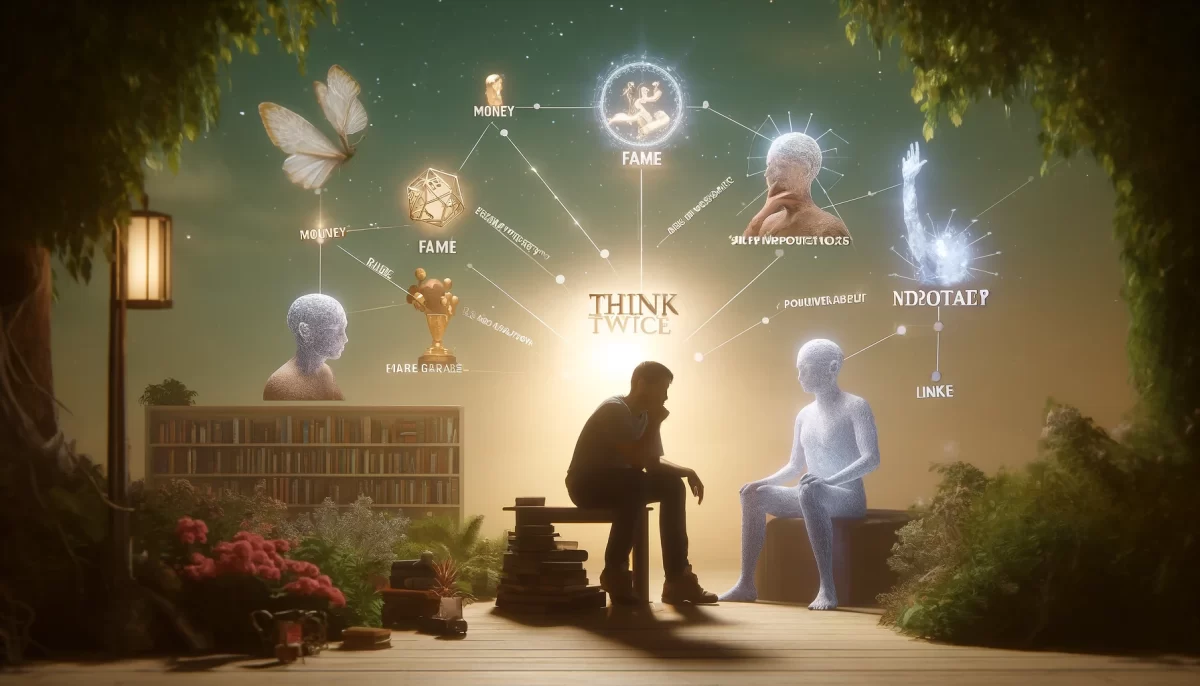
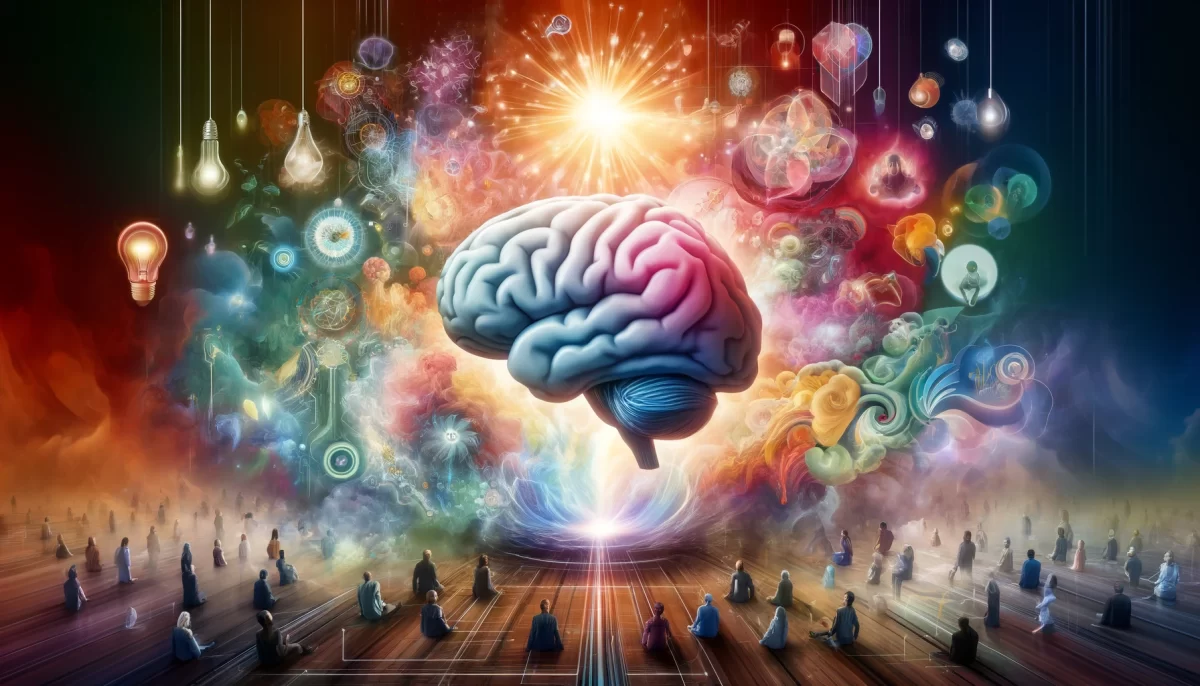
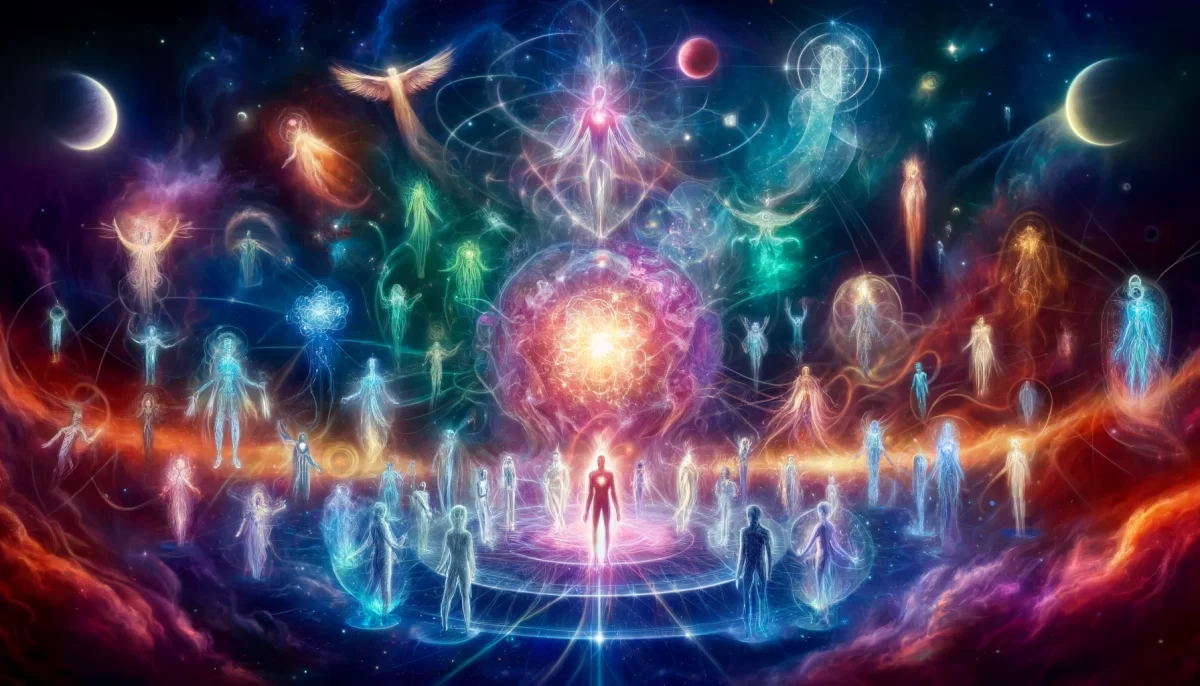
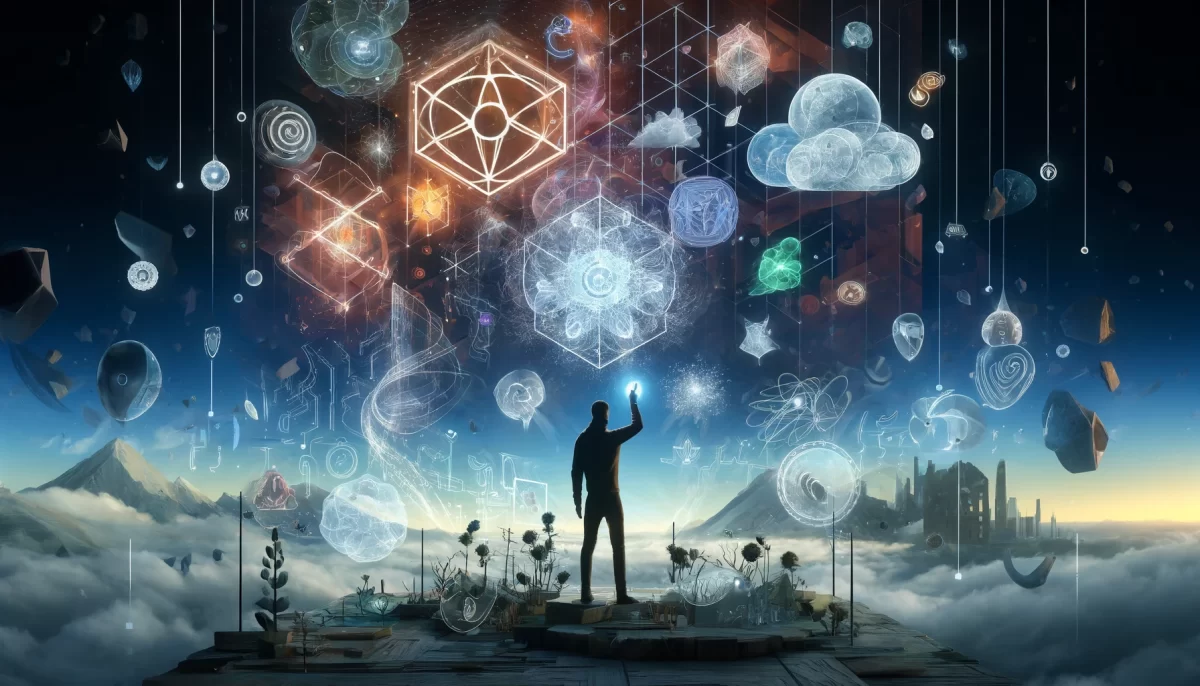
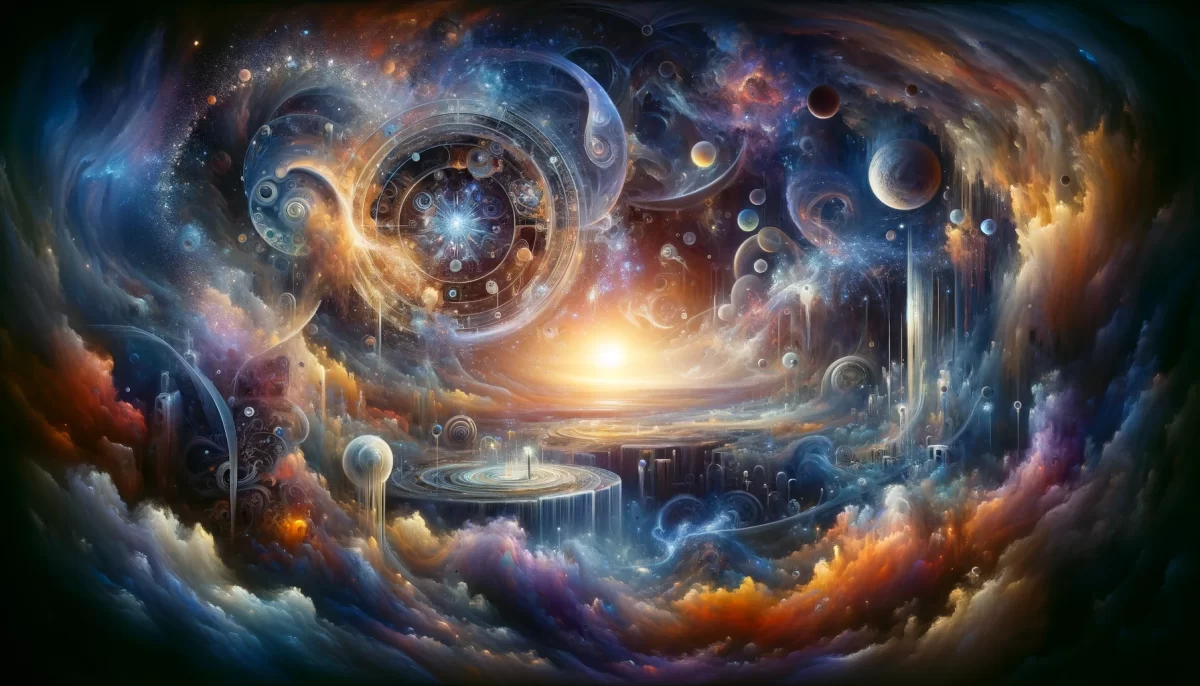
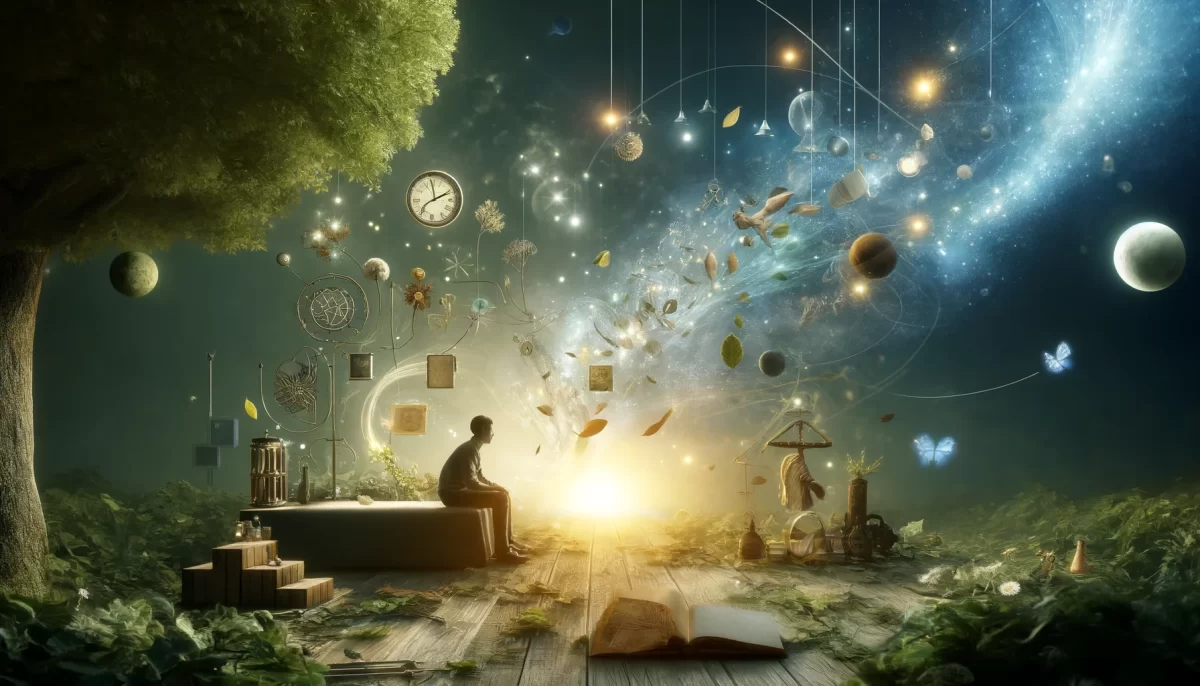



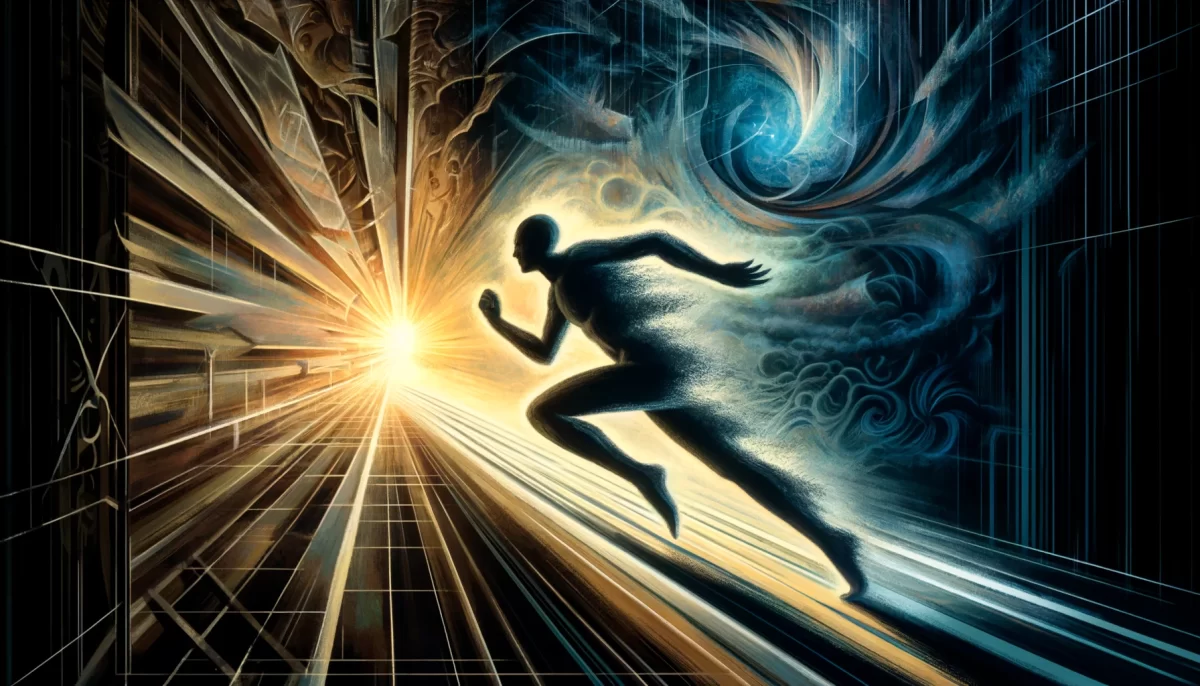

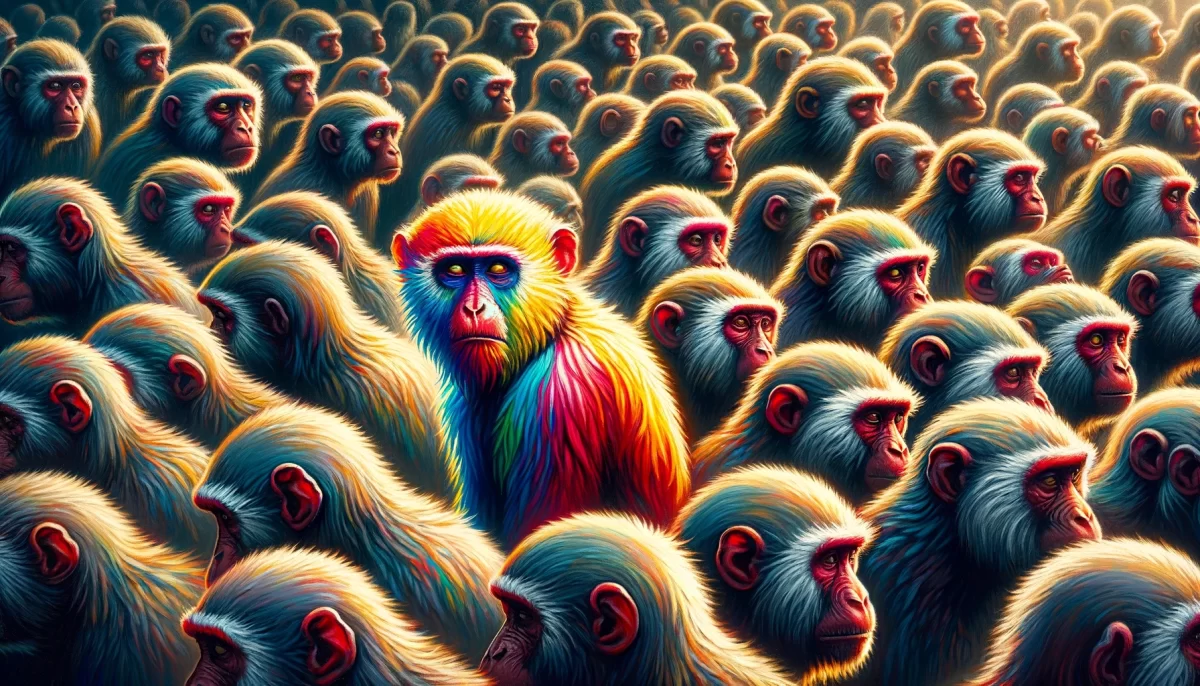



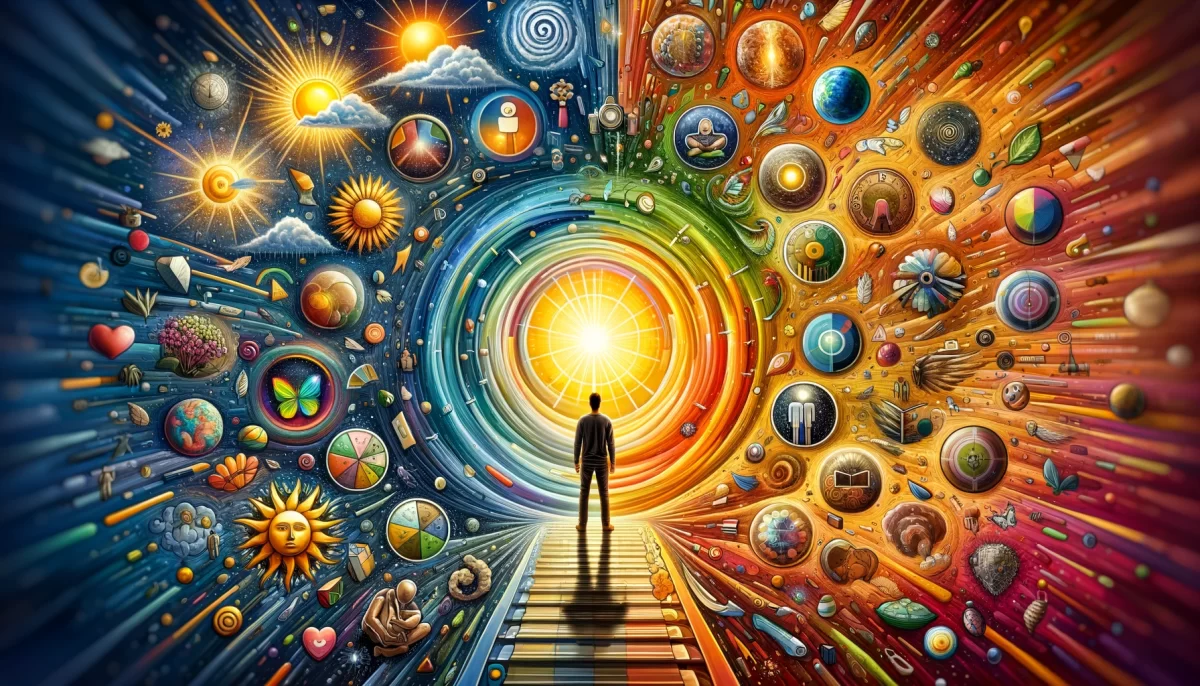
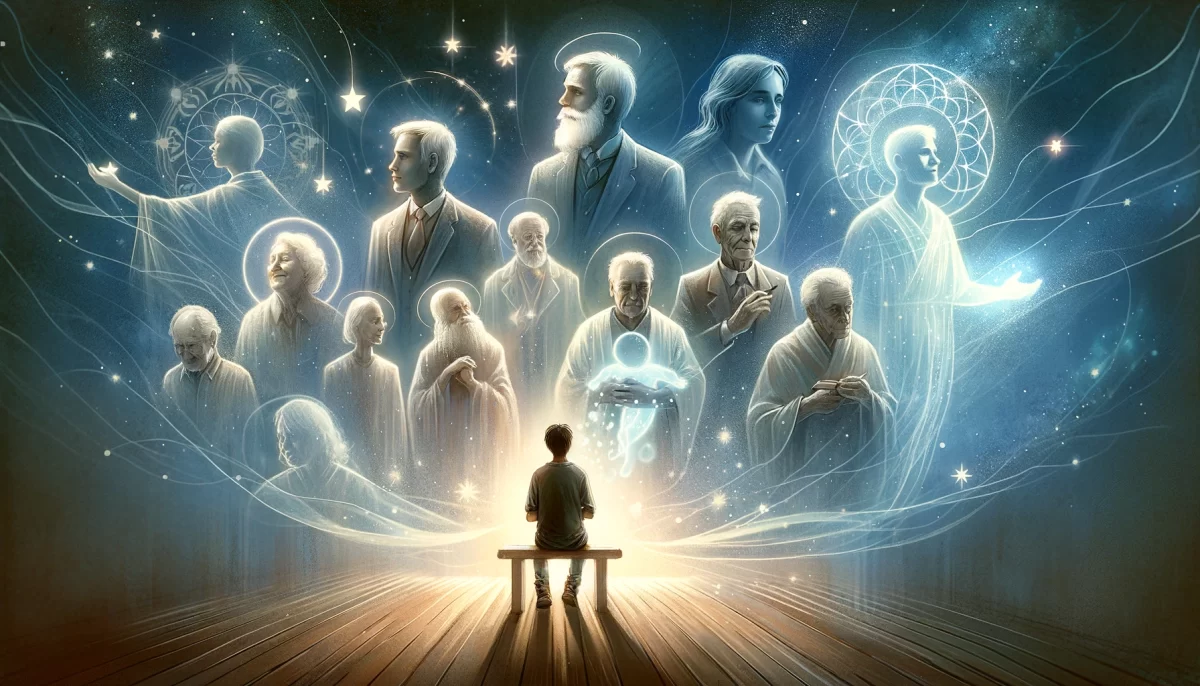






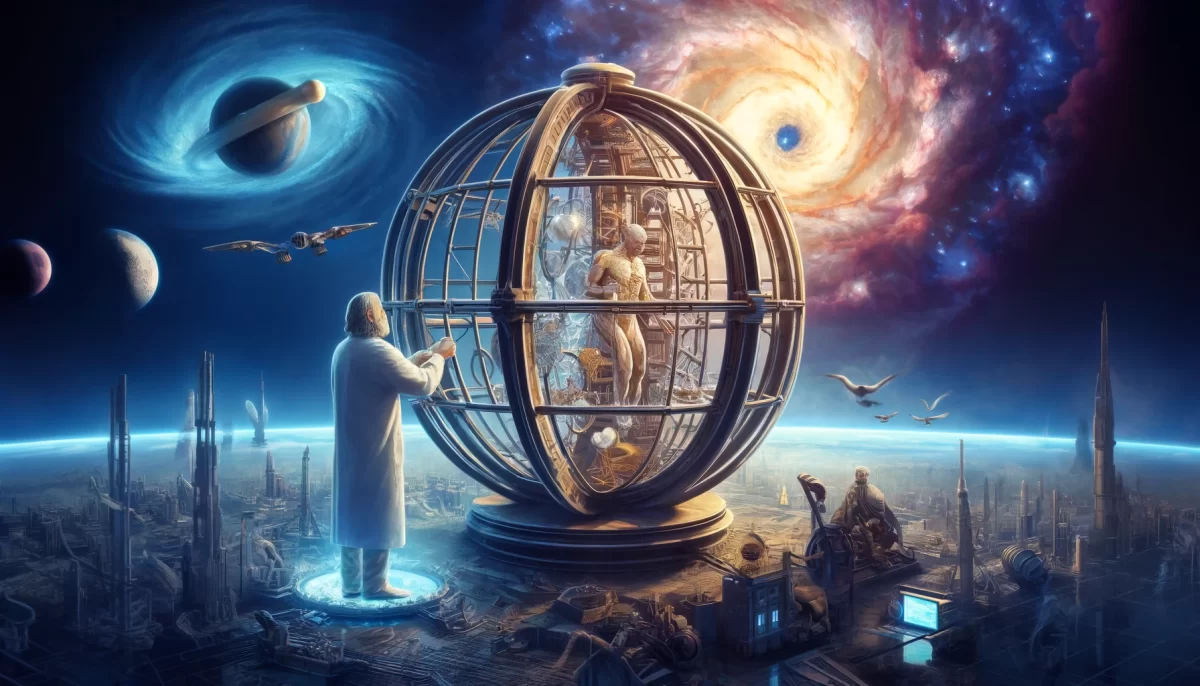

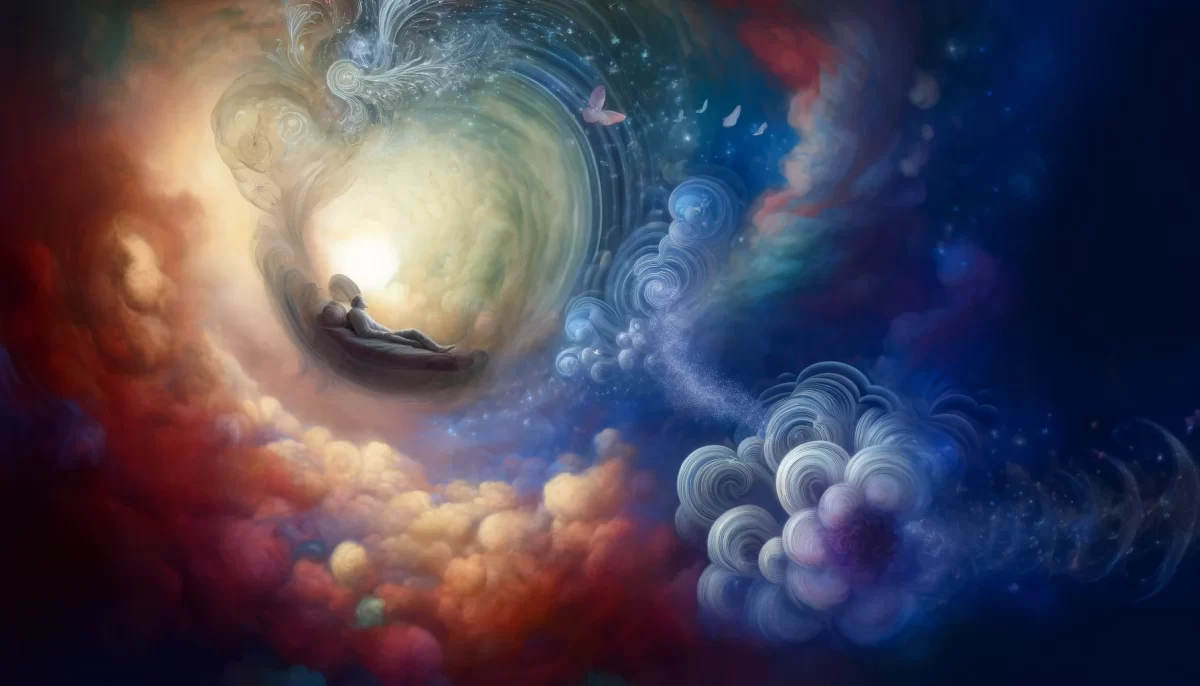


Leave a Reply